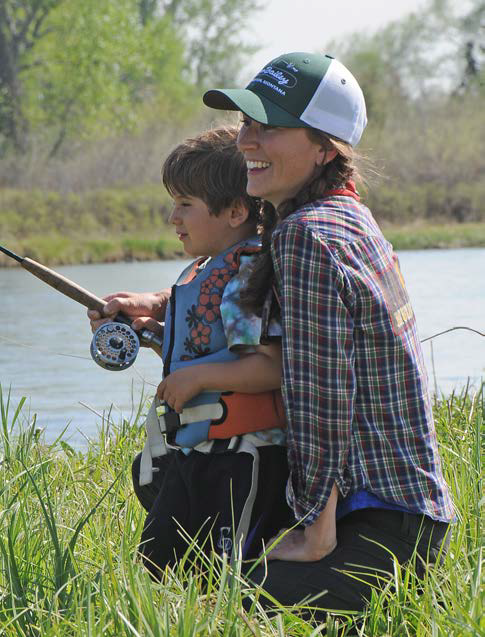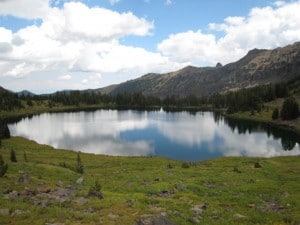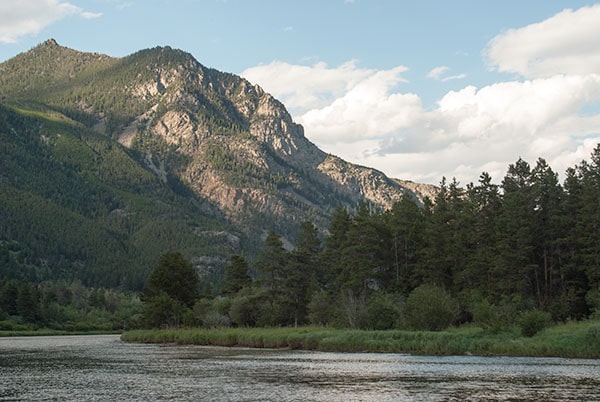 Photo Credit: Brett French
Photo Credit: Brett French
Summer is upon us…and every mom in Montana knows what that means. Our local playgrounds, swimming pools, trails and rivers become classrooms for our wee ones for the next three months. The longest days of the year are spent catching frogs, roasting marshmallows on camping trips, and dodging elementary-aged neighborhood biker gangs pedaling off to their next adventure.
Moms across Montana wouldn’t have it any other way.
I beam with pride at the end of the day looking at my three little ladies from across the dinner table: knees scraped, hair a tangle of knots and pine needles, and faces flushed from a day of playing under the big sky…instead of having spent the day indoors glued to an iPad screen. Their memories will be peppered with urban adventures right out our backdoor, thanks to public lands and rivers.
The Montana Mountain Mamas spoke out early and often in support of programs such as the Land and Water Conservation Fund, because we rely on public lands every day to raise our kids. Even if we aren’t on a backpacking trip in the Bob Marshall, riding the Going-to-the-Sun Road in the springtime on bikes, or running the rapids on the Gallatin River – our public spaces positively affect our kids every single day. And as parents, we’ll protect their right to access public spaces that enable them to scrape knees and get muddy.
LWCF supports vital local urban spaces like community parks, trails, playgrounds, swimming pools, fishing access sites and soccer fields. Our public lands are so much more diverse than national parks and big game hunting grounds on forest service land. Our public lands are all around us, every day.
Programs such as LWCF are a win-win for all Montanans. LWCF is not a tax that we see; instead the funding is derived from offshore oil and gas exploration. It tackles big-picture conservation issues such as checker boarded public lands that effect wildlife migration, but also closer-to-home solutions such as funding for a local lacrosse field and urban connecter trails so that kids can take a trail from their homes all of the way to their school.
For most Montana parents, our public lands are where we raise our children. We depend on fishing access sites to float and fish our blue ribbon trout streams, we hold birthday parties in our neighborhood parks, and we make home purchases based upon proximity to playgrounds.
Kids who grow up in Montana get the best of both worlds. They understand the need for big country for big game, and often spend every autumn weekend hunting on our public lands with family and friends. However they also enjoy the local, close-to-home benefits public lands offer…like that evening casting session for trout in urban waterways across Montana.
The Montana Mountain Mamas are dedicated to raising our kids with plenty of fresh air, clean water, and access to it all. We are proud to speak out on behalf of our kids and our public lands. Visit www.montanamountainmamas.org to sign up for our newsletter, check out our latest gear review, or read our most recent blog post from gals across Montana.
Becky Edwards lives in Bozeman with her husband and three daughters, and is the Director of the Montana Mountain Mamas.




